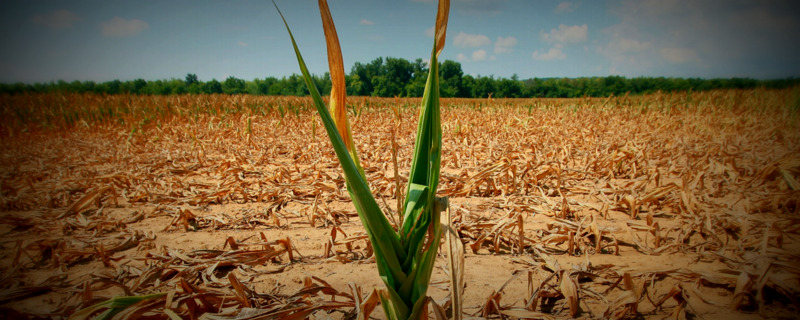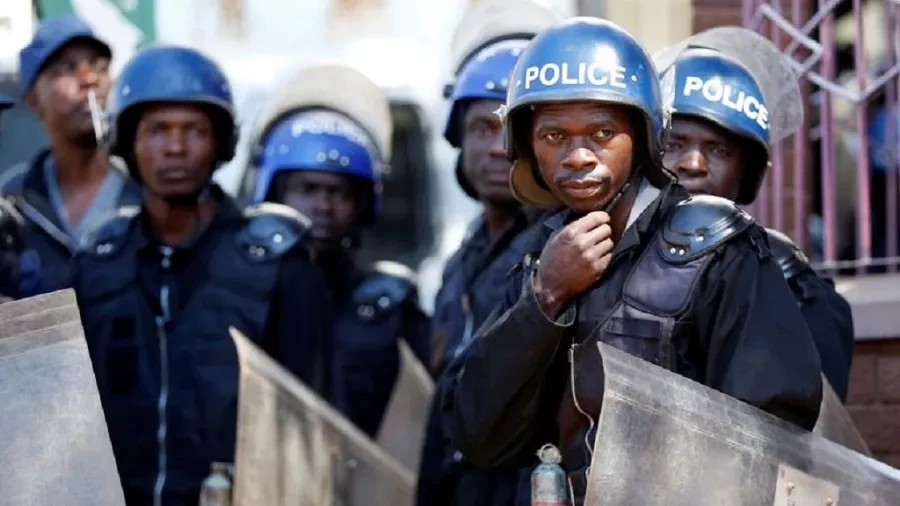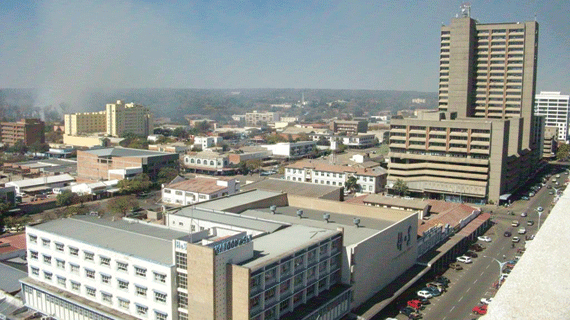
THE southern parts of Zimbabwe are highly likely to be hit by a severe drought due to global weather phenomenon El Niño between this month and October in a development that would adversely affect Bulawayo’s water supplies, according to the United Kingdom’s Department for International Development (DFID).
CHIEF REPORTER A DFID official Colin Benham told stakeholders during the commissioning of refurbished water and sewer treatment plants at the Criterion Water Works and Magwegwe Ponds last week that El Niño had been forecasted for this year.
El Niño strikes once every seven years, but the most extreme occur after every 20 years. It occurs when the surface water of the Pacific Ocean warms up, altering rainfall patterns worldwide causing global famines and floods.
Landlocked countries could experience droughts while others, particularly those in the tropics, could have floods.
“I have good and bad news . . . bad news is, there is an El Niño forecast this year. It is a change of weather every seven to 10 years and there is drought. The consequence in Zimbabwe is that the southern part of the country will have less rain, but more rain in the northern parts,” Benham said.
“The problem with more rain is that it washes away crops. In the southern parts, especially here (Bulawayo), the reservoir which we rely on to provide water at the treatment works would not be recharged.”
Bulawayo has experienced perennial water problems, largely due to the fact that the city’s six supply dams are all situated in the drought prone Matabeleland South province.
This has seen the local authority introducing water-shedding and rationing to conserve the precious liquid.
- Chamisa under fire over US$120K donation
- Mavhunga puts DeMbare into Chibuku quarterfinals
- Pension funds bet on Cabora Bassa oilfields
- Councils defy govt fire tender directive
Keep Reading
This year, the city’s supply dams received significant inflows, a situation that saw council lifting the tight water-shedding schedule which had seen residents going for up to four days without running water.
The local authority also relaxed its water rationing schedule in May.
If El Niño strikes again, council might be forced to reintroduce water shedding and tighten the water rationing schedule.
When the country was previously hit by El Niño between 1982 and 1983, there was a severe drought.
However, the most severe drought was experienced when El Niño hit Zimbabwe between 1997 and 1998.










